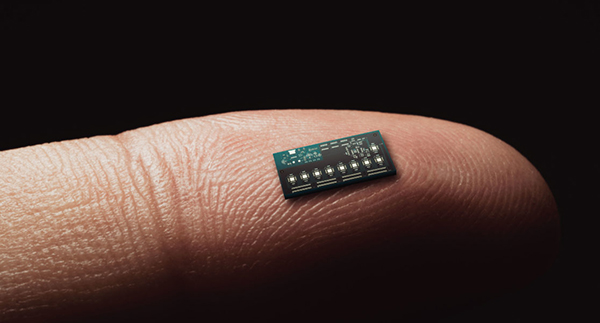We’ve all heard the promises of efficiency improvements and digital transformation made possible by adopting IoT technologies. This assumes, of course, that the observations coming out of the IoT monitoring system are actually correct.
No, this blogpost is not about tampering or other cybersecurity concerns—although that topic would be worth a blogpost too. The simple fact is that sensors can fail. Our system design and analysis capabilities need to take this into account so we don’t blindly trust the sensor data coming from our assets. Our algorithms also need to be robust enough to deal with bad or missing data.

Binary failure
Sensors are electronic components and as we all know, these have the annoying habit of being able to suddenly stop working. No graceful degradation of performance, no way to do a timely replacement, one minute you have a signal, the next it’s gone. This failure mode leads to either no values or null values coming through to our algorithms. By the way, if you have time and are up for a detour, you can visit Null Island; the most visited place on earth that doesn’t exist.
A simple but effective method of dealing with this failure mode is what I call gap filling. Instead of feeding algorithms real-time data, we substitute the feed with likely representative—but fake—data from the suspect sensor. As long as other sensor data is nominal, this is a good way to keep the IoT analytics working until the offending sensor has been replaced.
Outlier detection
Loose connectors or spikes in applied voltage can lead to sensor readings that are out of range. It goes without saying that it’s good practice to do a range check before feeding the incoming data to an algorithm. If you do detect outliers, some root cause analysis is in order—and maybe a sensor replacement. Again, data gap filling can keep the IoT system operational until a root cause has been resolved.
Sensor calibration
Temperature, flow and strain gauges are some of the sensor types that require calibration. As mentioned earlier, range checking and, in this case, trending of sensor readings are important to safeguarding data quality. A slow upward or downward trend of sensor readings can be hard to spot but could be indicative of calibration problems. This is often the result of sensor contamination, and some cleaning and recalibration would fix the problem. Since this is not an abrupt failure mode, gap filling may not be needed if the sensor is checked quickly.
Intermittent failure
The last failure mode I’d like to discuss in this blog is intermittent failure. You lose the signal then it comes back, then you lose it again. This will probably be down to a loose connector in the sensor or elsewhere within the monitoring system. Yes, gap filling is an option here too.
These are some of the common failure modes you can encounter in your IoT system – for a more thorough description of sensor types and their failure modes read this article by William Skewis of Support Systems Technology Corp.
Some of our customers have already started down the path of developing IoT systems with the help of our IoT Innovation Services team, such as Odfjell Drilling, Anticimex and others. Visit our website at IFSWorld.com/IOT, or reach out to our Innovation Services team and create ‘What’s Next’ for your company.



